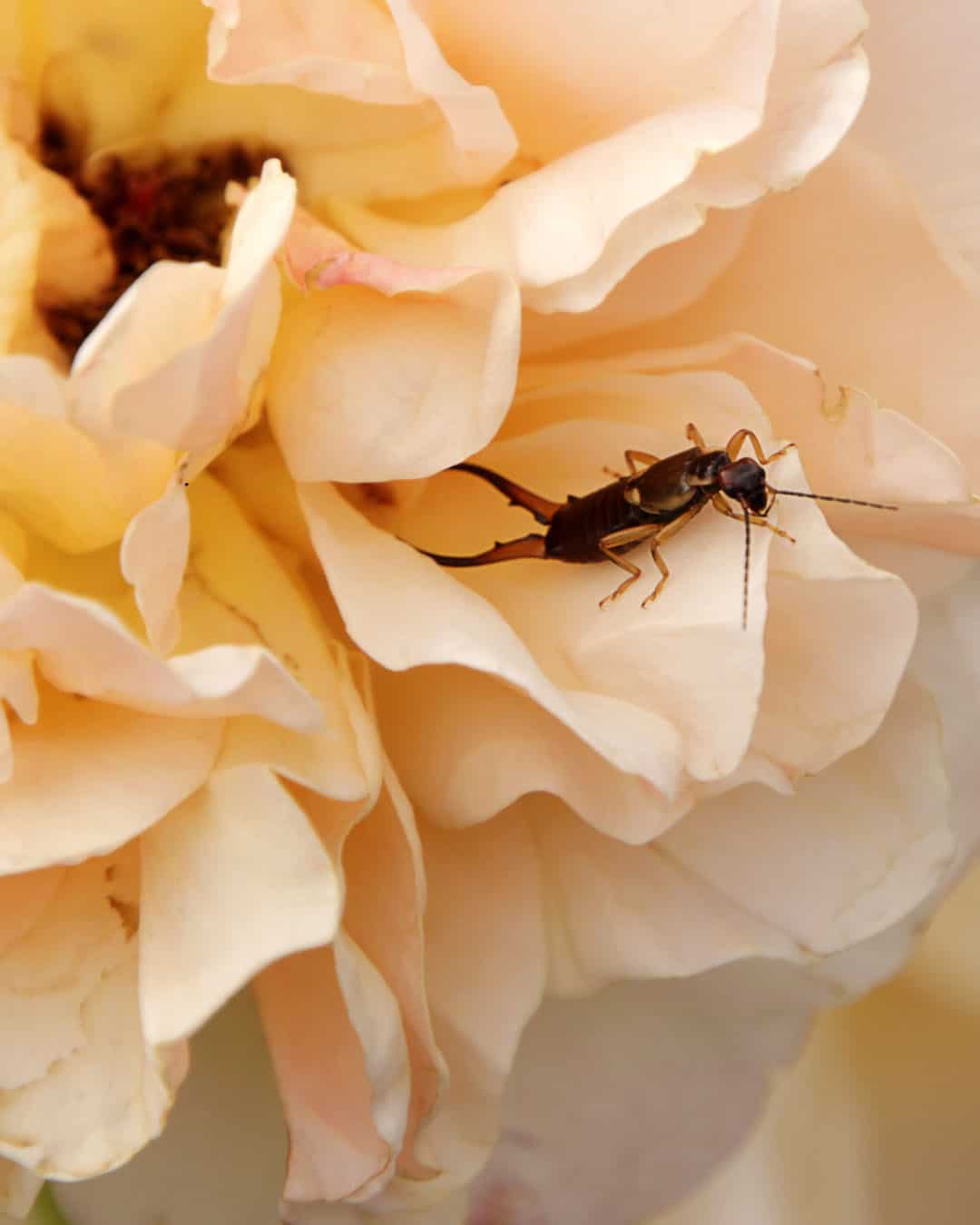Earwig Facts & Information
Finding earwigs scuttling around your home can be alarming. These nocturnal insects are known for their pincers, which can make them look more menacing than they actually are. While earwigs are generally harmless to humans, their presence can indicate underlying moisture issues and can lead to damage in your home or garden. If you've noticed an earwig infestation, it's crucial to address it promptly to prevent further problems.

Dermaptera
What You Need To Know About Earwigs
What do earwigs look like?
Earwigs are small to medium-sized insects, typically 0.5 to 1 inch long. They have elongated, flattened bodies that are usually dark brown or black. Their most distinctive feature is the pair of pincers (forceps) at the end of their abdomen, which are used for defense and capturing prey. They also have short wings, though most species rarely fly.
What do earwigs eat?
Earwigs are omnivorous and feed on a variety of plant material, including decaying leaves, flowers, and fruits. They also prey on smaller insects, such as aphids, mites, and larvae, which makes them both garden pests and helpful in controlling other insect populations.
What sort of habitat do earwigs live in?
Earwigs prefer dark, moist environments and are often found in gardens, under rocks, logs, mulch, or in cracks and crevices around homes. During the day, they hide in these damp, sheltered locations and become more active at night when they forage for food.
How do earwigs commonly behave?
Earwigs are nocturnal insects that prefer to stay hidden during the day. Though they have pincers, they are not aggressive toward humans, and their pincers are primarily used for defense or capturing prey. Earwigs are social insects and can often be found in groups, particularly in moist areas where food is plentiful.
Did you know this about earwigs?
Despite popular myths, earwigs do not crawl into human ears to lay eggs. This is an old wives’ tale with no basis in fact! Interestingly, female earwigs are quite maternal, and after laying eggs, they stay with their young to protect and care for them until they are mature enough to survive on their own. This level of parental care is unusual for insects.
Understanding Earwig Infestations
Earwigs are attracted to dark, damp environments, making basements, bathrooms, and kitchens prime spots for infestations. They often enter homes seeking shelter and food, particularly during hot, dry periods or heavy rains.

How Hearts Handles Earwig Treatment
At Hearts Pest Management, we employ a comprehensive approach to earwig treatment that ensures effective and lasting results. Our process begins with a thorough inspection to identify the extent and sources of the infestation. We then apply targeted treatments designed to eliminate earwigs and prevent their return. Our team also offers guidance on preventive measures and provides educational resources to help you maintain an earwig-free home.
Earwig Inspection
Earwig Treatment
Earwig Prevention
Educational Resources

Think You Might Have a Earwig Infestation?
At Hearts Pest Control, we understand the challenges associated with Earwig infestations and are here to provide professional solutions tailored to your needs. Flourishing in warm and humid climates, they are prevalent in many regions, including San Diego County, Orange County, and Los Angeles County.